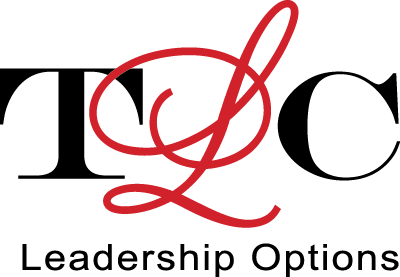In last month’s blog, we reviewed 5 dimensions of global manager behavior that are essential to effectively supporting the leadership development needs of team members. This month we take a deeper dive on one of those dimensions: Giving developmental feedback.
Several surveys have shown that people want feedback and believe it is valuable. In fact, those under the age of 30 want it regularly: weekly, if not daily. More than that, giving feedback may be the key to retention of millennials, who are now 1/3 of the workforce and by 2020 will comprise nearly half.
According to a 2016 Clutch HR survey, “40% of millennials do not consider themselves fulfilled at work”, which is nearly 2 times greater than Gen-X employees and almost 4 times greater than Baby-Boomers”(1). Feeling fulfilled is a key to retaining employees and as it turns out, regular feedback increases millennial fulfillment:
- “Of the millennials whose managers do provide accurate and consistent feedback, 72% find their job fulfilling.
- Of the millennials whose managers do not provide accurate and consistent feedback, only 38% find their job fulfilling”(2).
Let’s consider how to give feedback that keeps employees engaged. When you are responsible for the development of others, it requires making a commitment to spend the time and make this a significant part of your responsibilities. Feedback that is effective for leadership development is specific, behavior-based and supportive.
- You must be prepared to be specific. When I was first responsible for a team of high potential young leaders, the immensity of the responsibility hit me. In order to provide good feedback, I would have to observe everyone in action to see or hear for myself what was done well and what could be improved. It is not effective feedback to say, “good job!”, nor does it suffice to get only input from others.
- Focus on what you have observed, not inferred: effective feedback focuses on a behavior, (“I noticed that you have been arriving late for our early morning meetings”) not the person, or your idea of their issue or intention (“you must have trouble getting up in the morning” or “you lack respect for me and your colleagues”). Sticking to the facts will mitigate emotional reactions, yours and theirs.
- Communicate support and caring: Ideally you have a trusting relationship with the person receiving the feedback. If they know you come from a place of caring and that you are supportive of their career goals, the feedback will be received well and will create dialogue.
Also, remember that feedback is not advice. It is much more effective to explore alternatives and let the recipient decide what action to take, than to impose your ideas on them. Ask the individual to come up with a recommendation of how to practice a new behavior. And finally, keep in mind that asking “why” something was done in the wrong tone can provoke defensiveness. It is better to ask what or how something was done.
Team members of all ages want feedback. They just want to know it comes from a supportive place and is objective and specific. Let your team members know you care.
(1)(2)Clutch Survey, Engage Millennial Employees with Feedback and Evaluation, December 2016.
Tracey Cantarutti, PhD, is the founder of TLC Leadership Options, Inc., an Executive Coaching and Leadership Development Consultancy. She can be reached at tcantarutti@gmail.com.





